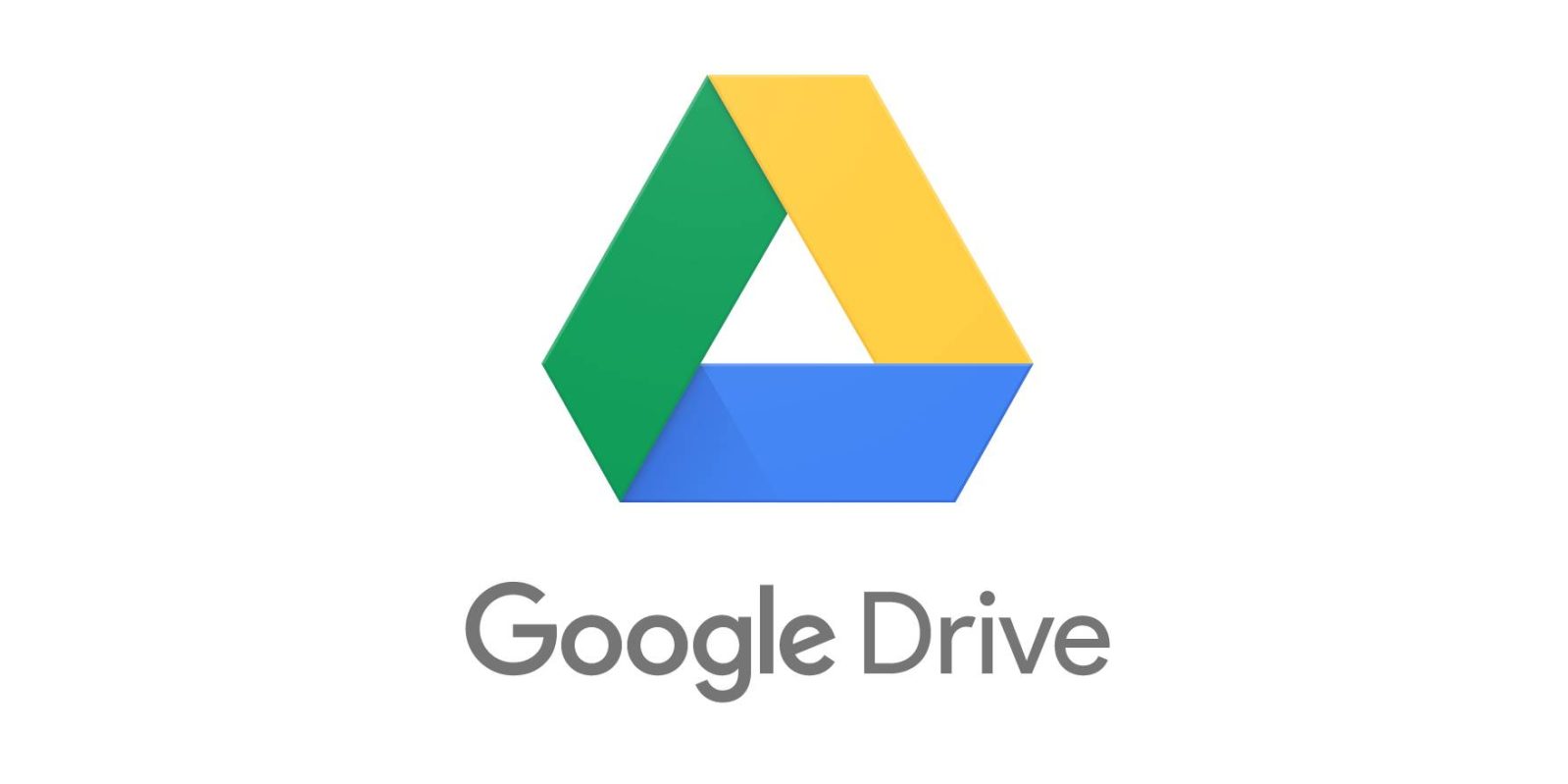WebP to PNG Image Converter
WebP to PNG Image Converter Tool: Transforming WebP Images with Ease
In today's digital age, image optimization plays a crucial role in enhancing website performance and user experience. With the emergence of advanced image formats like WebP, website owners are presented with new opportunities to improve loading times and save bandwidth. However, ensuring compatibility across all platforms and devices remains a challenge, making it necessary to convert WebP images to more universally accepted formats like PNG. In this article, we'll explore the significance of WebP to PNG conversion and introduce user-friendly tools to facilitate the process.
Introduction to WebP and PNG Image Formats
What are WebP and PNG formats?
WebP is a modern image format developed by Google, known for its superior compression and quality retention capabilities. On the other hand, PNG (Portable Network Graphics) is a widely used raster graphics format renowned for its lossless compression and transparency support.
Importance of image optimization
Efficient image optimization is essential for improving website performance, reducing bandwidth usage, and enhancing user engagement. By employing the right image formats and compression techniques, web developers can achieve optimal results without compromising visual quality.
Understanding WebP Image Format
WebP offers several advantages over traditional image formats, including smaller file sizes and faster loading times. Its advanced compression algorithms ensure high-quality images with minimal storage requirements, making it ideal for web applications and online content.
Introduction to PNG Image Format
PNG images are popular among web developers and designers due to their lossless compression and support for transparency. They are well-suited for graphics with sharp edges, text, and intricate details, ensuring accurate representation across different devices and screen resolutions.
Why Convert WebP to PNG?
While WebP offers numerous benefits, there are instances where converting WebP images to PNG becomes necessary:
- Compatibility issues: Some older browsers and platforms may not support WebP, leading to compatibility issues for certain users.
- Editing requirements: PNG format provides greater flexibility for editing and manipulation compared to WebP.
- Accessibility concerns: Ensuring accessibility for all users, including those with disabilities, may require using widely supported image formats like PNG.
Introducing WebP to PNG Image Converter Tools
To simplify the conversion process, various online tools and software solutions are available, offering quick and efficient conversion from WebP to PNG format. These tools eliminate the need for manual conversion and provide users with a seamless experience.
How to Choose the Right WebP to PNG Image Converter Tool
When selecting a WebP to PNG converter tool, consider the following factors:
- Conversion accuracy: Ensure that the tool maintains image quality during the conversion process.
- Speed and efficiency: Choose a tool that offers fast conversion times to streamline your workflow.
- User interface and ease of use: Opt for a user-friendly tool with intuitive controls and navigation options.
Step-by-Step Guide: Converting WebP to PNG
- 1, Selecting and uploading WebP images: Begin by selecting the WebP images you wish to convert and uploading them to the conversion tool.
- 2 . Choosing output format (PNG): Specify PNG as the desired output format for the conversion process.
- 3, Initiating the conversion process: Start the conversion process by clicking the appropriate button or option within the tool interface.
- 4 . Downloading converted PNG images: Once the conversion is complete, download the converted PNG images to your device for further use or integration into your website.
- 1, Selecting and uploading WebP images: Begin by selecting the WebP images you wish to convert and uploading them to the conversion tool.
- 2 . Choosing output format (PNG): Specify PNG as the desired output format for the conversion process.
- 3, Initiating the conversion process: Start the conversion process by clicking the appropriate button or option within the tool interface.
- 4 . Downloading converted PNG images: Once the conversion is complete, download the converted PNG images to your device for further use or integration into your website.
Tips for Optimizing PNG Images After Conversion
After converting WebP images to PNG format, consider implementing the following optimization techniques:
- Compression techniques: Utilize image compression tools to reduce file size without sacrificing quality.
- Image resizing and cropping: Adjust image dimensions to match your website layout and design requirements.
- Metadata removal: Remove unnecessary metadata from PNG images to further optimize file size and improve loading times.
After converting WebP images to PNG format, consider implementing the following optimization techniques:
- Compression techniques: Utilize image compression tools to reduce file size without sacrificing quality.
- Image resizing and cropping: Adjust image dimensions to match your website layout and design requirements.
- Metadata removal: Remove unnecessary metadata from PNG images to further optimize file size and improve loading times.
Best Practices for Using PNG Images on Websites
To maximize the benefits of PNG images on your website, adhere to the following best practices:
- File naming conventions: Use descriptive filenames that reflect the content and purpose of each image.
- Image optimization tools: Explore various image optimization tools and techniques to enhance performance and user experience.
- Responsive design considerations: Ensure that PNG images are optimized for different screen sizes and resolutions to maintain consistency across devices.
To maximize the benefits of PNG images on your website, adhere to the following best practices:
- File naming conventions: Use descriptive filenames that reflect the content and purpose of each image.
- Image optimization tools: Explore various image optimization tools and techniques to enhance performance and user experience.
- Responsive design considerations: Ensure that PNG images are optimized for different screen sizes and resolutions to maintain consistency across devices.
Common FAQs About WebP to PNG Conversion
What is the difference between WebP and PNG?
WebP is a modern image format developed by Google, known for its superior compression and quality retention capabilities. PNG (Portable Network Graphics) is a widely used raster graphics format renowned for its lossless compression and transparency support.
WebP is a modern image format developed by Google, known for its superior compression and quality retention capabilities. PNG (Portable Network Graphics) is a widely used raster graphics format renowned for its lossless compression and transparency support.
Is it necessary to convert WebP to PNG?
In some cases, converting WebP images to PNG becomes necessary to ensure compatibility with older browsers and platforms or to meet specific editing and accessibility requirements.
In some cases, converting WebP images to PNG becomes necessary to ensure compatibility with older browsers and platforms or to meet specific editing and accessibility requirements.
Are there any free WebP to PNG converters available?
Yes, several online tools and software solutions offer free WebP to PNG conversion with varying features and capabilities.
Yes, several online tools and software solutions offer free WebP to PNG conversion with varying features and capabilities.
How does image compression affect image quality?
Image compression reduces file size by eliminating redundant data, which can result in a slight loss of quality. However, modern compression algorithms strive to minimize this impact while maximizing compression efficiency.
Image compression reduces file size by eliminating redundant data, which can result in a slight loss of quality. However, modern compression algorithms strive to minimize this impact while maximizing compression efficiency.
Can I convert multiple images simultaneously with these tools?
Yes, many WebP to PNG converter tools support
Yes, many WebP to PNG converter tools support































